The Etruscan Civilization Primer
This is imported from my main journal under the username megkips. All art is by fabledquill
Who the fuck were the Etruscans, you ask? The Etruscans were in fact the coolest civilization that we know nearly nothing about. They occupied central northern Italy - modern day Tuscany and Umbria, with some of Lazio - and not only had a heavy influence on Roman culture, but ruled over Rome for a time. They sound awesome, right? So surely we must have lots of information! Wrong. Thanks to primarily an oral culture and having an as of yet untranslatable language, studying the Etruscan civilization is tricky at best. But we know they were there because their artifacts are some of the most gorgeous things you’ll ever see - tomb paintings to rival the Egyptians, bronze casting that’s famous the world over and they were the best damn users of terra cotta you’ll ever see.
You can divide Etruscan civilization into five periods - Villanovan (950-750 BCE), Orientalizing (750-600 BCE), Archaic (600-450 BCE), Classical (450-300 BCE) and Hellenistic (300-80 BCE). This primer will give you an overview of each period - mostly related to art and history.
Before we go any further though, we should discuss why the Etruscans are such a mysterious culture to modern scholars. Beyond the oral culture, it’s hard to know where the hell the Etruscans came from. The Etruscan language is non-indo European, which suggests almost immediately that they migrated from somewhere else. This is the migration theory, proposed by Herodotus himself. The problem with this theory is…well it’s Herodotus. He isn’t the most factual of scholars.

Seriously dude, what were you on.
But he drew his conclusions after visiting Lydia, Turkey, and heard the following story: after the fall of Troy, there was an awful famine. The king, Atus, told his son to gather together as many people as he could find and to sail away somewhere better. They ended up in Italy. The evidence used here was the cultural similarities - women were freer compared to Greece and Rome (nearly on par with men), the tombs were built in similar manners, games, musical instruments and the like were all closely linked. Even the Etruscans agreed with it. However, this a problem because there’s no real evidence historically speaking. The indigenous theory was proposed by Dionysus of Halicarnassus. He traveled to many Etruscan cities and couldn’t buy the idea that the Etruscans migrated - in part because they had no linguistic similarities with the Livians. And since we have the power of archeology now, we can confirm that there’s no break in the archeological record between one period and the next.
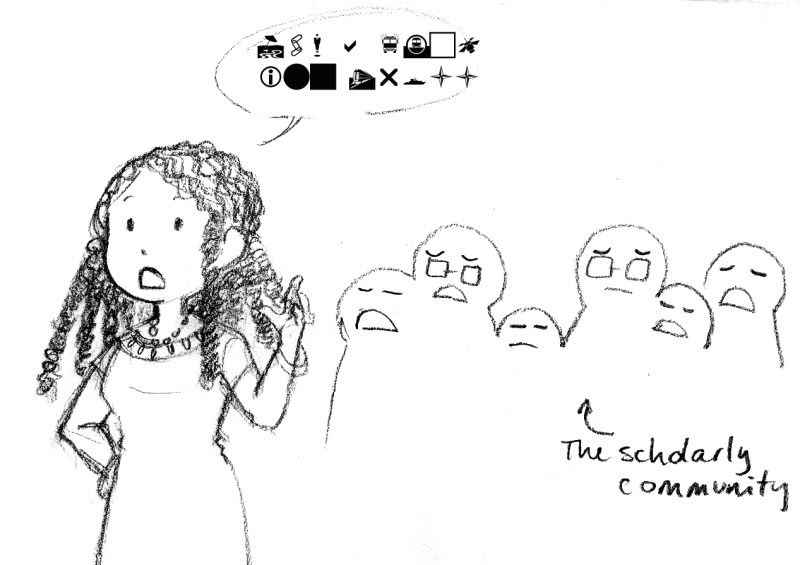
All the same, the Etruscan language is the problem - it’s not Indo-European. We don’t know what the fuck it is. And that makes it hard to understand the origins of the Etruscans.
Note: I was taught Etruscan history as a combined anthropology and art history course. While I will try and focus on the historical, a lot of art stuff will be mentioned, as I am drawing this primarily from my lecture notes.
The Villanovan Period - 950-750 BCE
This is the earliest period of Etruscan history and like many other ancient societies, it was primarily focused on agriculture and survival. However, the Etruscan city states did have large populations, although lacked the idea of city planning until around 800 BCE. We have evidence of a more varied tool kit, as well as increased trade after this point as well. Relately, we see more work done with water. Etruscan cities were built on hills, and so hydrolics were frequently looked into
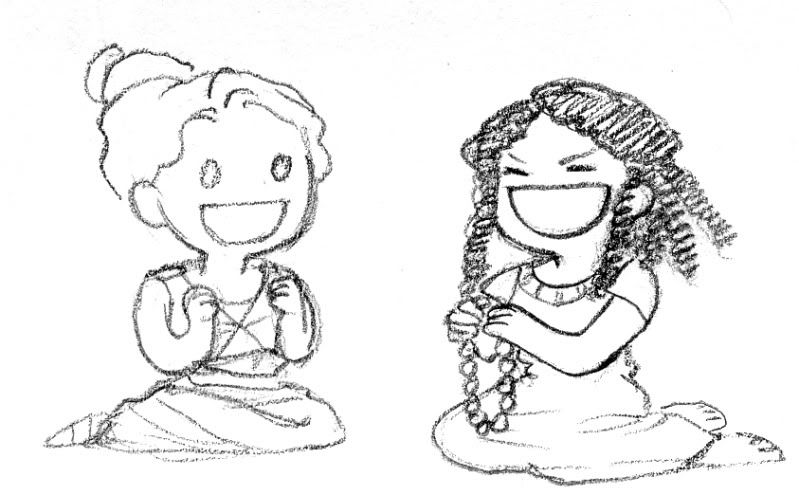
During this time period, the Etruscans also established a trading post on Ischia, an island on the Bay of Naples. There, they traded with the Greeks and Phoenicians, establishing cultural ties.
Recall that earlier I stated that it’s hard to know a lot about Etruscan civilization because of a lack of written records. Much of what we do know comes from burials - and lots of them. The Etruscans are perhaps best known for their funerary arts, and with good reason. Much like the Egyptians, they buried the dead with items, but rather than mummify the body, they cremated them. During the Villanovan period, we have the digging of tomb shafts and placing the urn down the shaft. Objects would be placed around with them - this included food, weapons and so on. One way that we can identify male versus female graves is, interestingly enough, cloak pins. Male pins resemble snakes, females more like snails and often had amber in them.
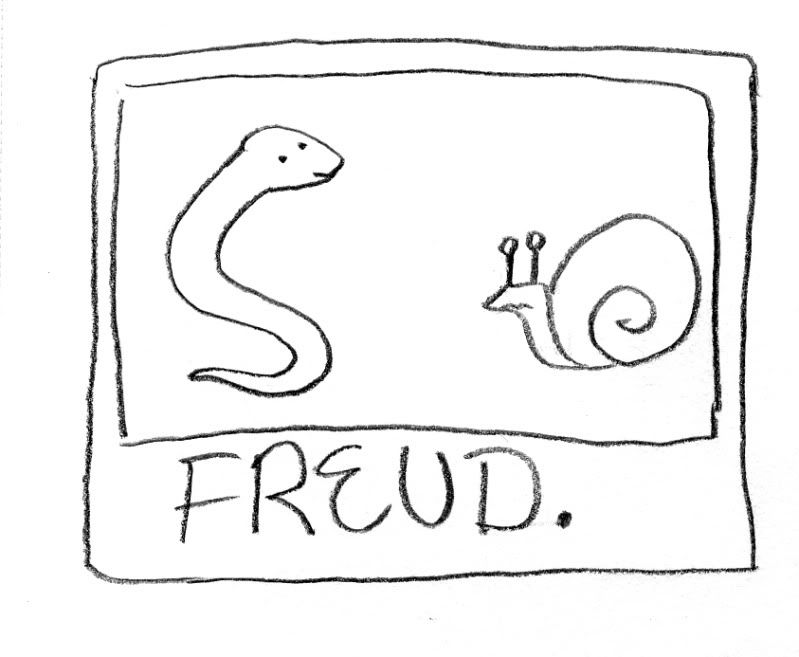
Freud would in fact have a bit to say on the matter.
Beyond trading in Ischia and developing cities at a fairly fast rate though, we do not see the Etruscans going outside of their borders much and interacting with the world at large. That all changes though during the next time period.
The Orientalizing Period - 750-600 BCE
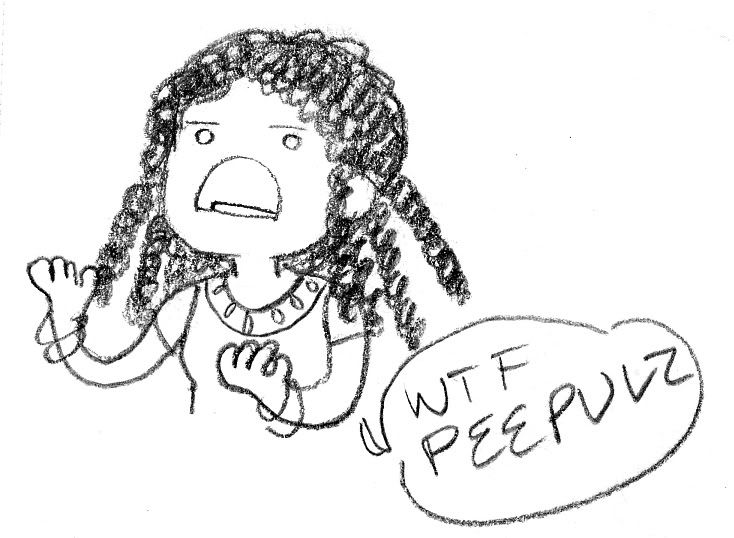
Simply put, this time period is when the Etruscan civilization went, “Holy shit, there’s people around us!”
Remember the trading ties with the Greeks? That went a long way in helping to establish the Etruscans in terms of going outside of their bounds and moreover, that the Etruscans themselves were trading a lot too - in particular we have the lyre player seals which have been found throughout the Mediterranean and give evidence of other places having contact wit Etruria. Since we know that these seals were used between 800 and 775 BCE, we know more or less when these trading contacts were established. The big Etruscan export was bucharo - black, shiny pottery that was done by making the kiln go just so.
In addition, during this time period the Etruscan city-states begin to show more concrete organization - they don’t have the grid system yet, but we have more types of housing, defensive wall networks and sanctuaries all being developed. There is a lot more Greek influence in terms of planning as well as art - you can see a lot of focus on games and banquets in art - especially in tombs. Which means…
We need to look at burial practices. The new trading ties meant new riches for the Etruscan city states and we see the development of the Etruscan necropolis. Traditionally, an Etruscan city would be built on one hill, and across from it would be the city’s necropolis on another hill. It was symbolic of the life/death motif and to be honest, the Etruscans really did celebrate death. (But we’ll discuss this later.) During this time period, people were inhumed as well as cremated and we see the proliferation of necropolis as well as an increase in the quality of the burial goods! If you ever get a chance to go to Ceverti in Italy, you’ll see the tumli of the Orientalizing period - these huge mounds carved into the toofa (volcanic bedrock) that were almost like New Kingdom Egyptian period tombs. Some tombs would be so embellished that they would have pillows, blankets, books and slippers carved into the rock and would be painted. It’s incredibly impressive.
Also in regards to grave goods we see transportation including things like the Montelione Chariot housed in the Metropolitan Museum of Art and higher end luxury items that would have been traded from Greece. This speaks to not only Greek influence, but to the economic power of Etruria!
The Archaic Period - 600-450 BCE
This period is very hard to document, but we know through archeological evidence as well as through Roman historians, that during the Archaic period and into the classical age, there was a lot of turmoil, as during this time period, Etruria finds itself fighting with it's neighbours.
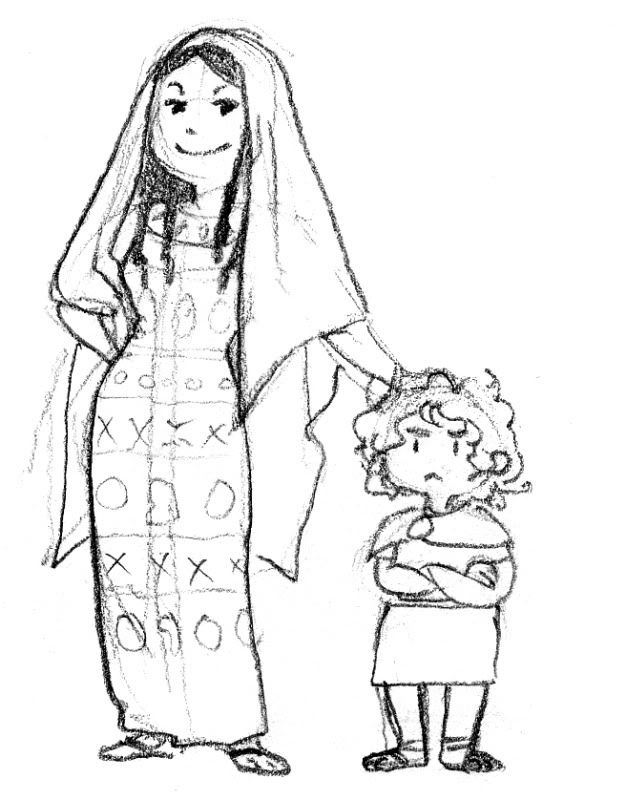
It is also during this time period that Etruria had direct cultural contact with Rome - from about 616-509 BCE. The area that is now the Roman forum was originally a marsh that had to be drained by the collacta maxima, first set up by the Etruscans. Originally, the Latins, Sabines and other tribes initially settled on the hills and around the Tiber. When the Etruscans came in, they imposed Etruscan culture and eventually ruled over Rome with their last three kings - the final one being Tarquin the Proud in 509.
In 496 BCE, the Battle of Regellus occurred, which was the first major defeat that the Etruscans would have at the hands of Rome. This was followed in 474 with the Battle of Cumae, where the Etruscans came into conflict with the Greek navy over shipping and trading in south Italy. They lost this battle as well, resulting in a complete loss of sea trading routes. This wasn’t positive for the Etruscans.
At this point, despite turmoil, we should discuss the funerary art of this particular period - the best known being the necropolis of Tarquina. Despite the turmoil, the tombs that were created in the time period around 490-450 BCE are some of the best known pieces of Etruscan art and the first frescos known to modern art. In many ways, these resemble Egyptian tomb paintings with how people are painted, but they are done in the fresco style and often depict ever day scenes, feasting and banqueting. The individual would be cremated, then buried with worldly possessions that they would need in the afterlife. This is one of the last times that such happy scenes would be depicted - after this time period the funerary art becomes more serious, focused on the afterlife and well, depressing.
The Classical Period- 450-300 BCE
During this time period you also have a continuation of the Etruscan decline with the sack of Veii in 420 BCE. After a long period of siege, the Romans tunneled under the city and sacked it, going so far as to carry parts of the city back to Rome and incorporate them into Roman architecture as a war prize. This was the beginning of the end for Etruria, as Veii had been one of the twelve powerful city states in the Etruscan world.
To further the decline, in 384, the Etruscans lost Pyrgi, which was a port city, effectively ending Etruria's power in the southern Italy. This, along with the rise of Rome, can be viewed as major factors in why their civilization was eventually absorbed into the Roman republic.
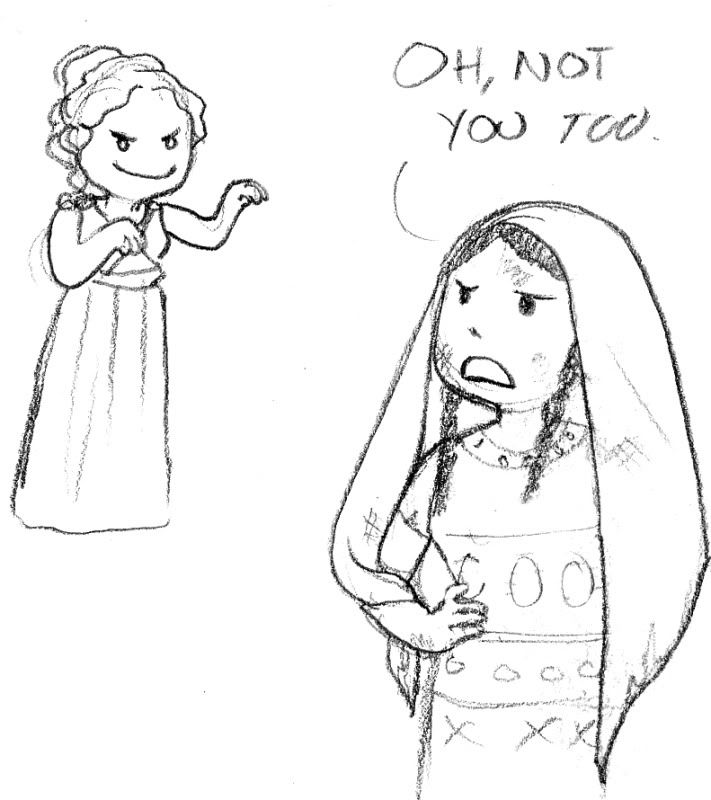
There was some element of recovery though, but not by much. You still have the importing of Greek objects, more bronze work, but the center of power shifted from southern Etruria to Northern Etruria. They also supported the Athenians at Syracuse and helped to fight - albeit on the losing side. The southern area of Etruria began to look more like Rome, socially speaking, which then falls into the eventual Roman conquest.
Tombs during this time began reflecting the Greek idea of the afterlife as well, becoming doomy and gloomy - compared to the happier feasts of the archaic period. Funerary objects are also, by and large, of poorer quality at this point in time, reflecting economic issues that were addressed by the loss of southern Italy.
The Hellenistic Period - 300-80 BCE
Essentially, if we were talking Hetalia terms, this would be when Rome becomes an upstart little brother, challenges big sister Etruria and kind of sort of wipes her out of existence.
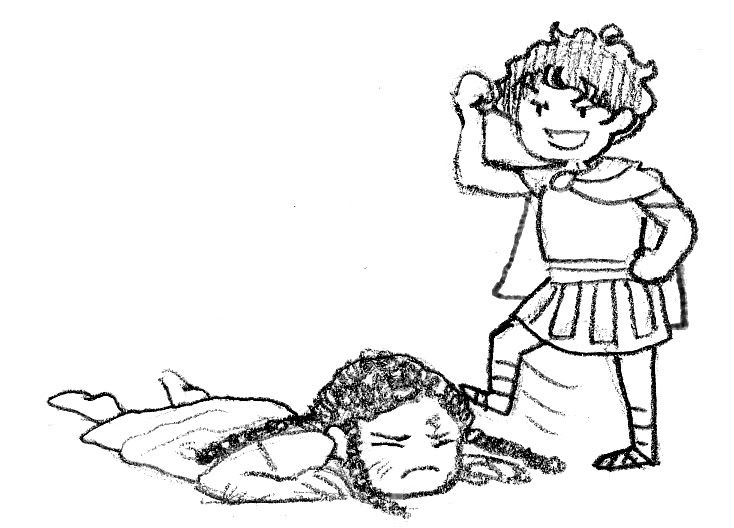
lol sorry sis.
It all started with the battle of Sentinum in 295 BCE, where the Etrurian city states, who had been trying to make allies of the Emburians, Samnites and Gauls, suffered a huge defeat and a truce had to be declared between the two. In the following years, more of Etruria fell to Rome.
To give you an idea, this is a small list of the city states as the fell: Chiusi - 290 BCE, Vulci -281 BCE, Tarquina - 280 BCE, Ceveteri - 272 BCE, Orvieto, 264 BCE. That’s a lot of cities in a short amount of time. This happened mostly because Roman roads made moving around damn efficient, and Rome already had three roads that lead to various Etruscan city states.
However, it isn’t until the wars of Marius and Sulla that the Etruscans really lose out to Rome. Marius is backed by the Etruscans, and of course, Marius loses this conflict. As a result, all of his allies are taken over by Rome, effectively incorporating all of which used to be a part of Etruria into the territory of the Roman republic.
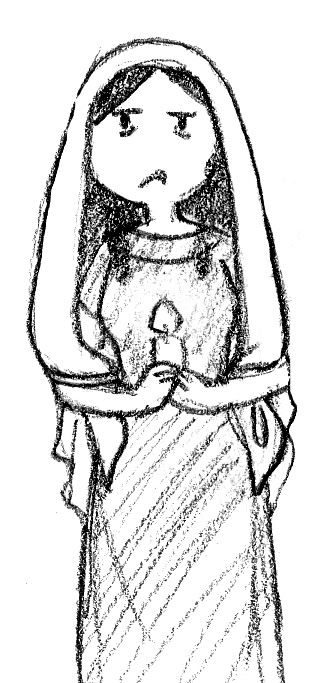
Etruscan culture survives for a time more, but if you look at the funerary art, it is shockingly depressing. The figures are more likely to be demons, everyone is going to Hades - it’s a 180 from the height of the Etruscan civilization. My professor suggested that it demonstrates a gloom and doom feeling about being conquered by Rome. I don’t think that’s too far off the mark.
Religion in Etruria
Yes I am contractually OBLIGATED to include this section.
The Etruscans absolutely loved divination and they were pretty skilled at it. The Romans characterized them as overly superstitious - ironic coming from the Romans - but the Etruscans were very deeply religious and focused on fate and reading it. In particular they relied heavily on divination via the liver, thinking that the liver reflected the overall state of the world. They also deeply believed in symbolic boundaries - retaining walls and the like - and practiced animal sacrifice along with divination.
Like the Romans and Greeks though, the Etruscans had a flurry of gods and goddesses - most with Greek or Roman equivalents - Tinia is Zeus, Flufluns is Diyonisus, Uni is Hera and so forth. The process of synchronization isn’t new at all in the ancient world.
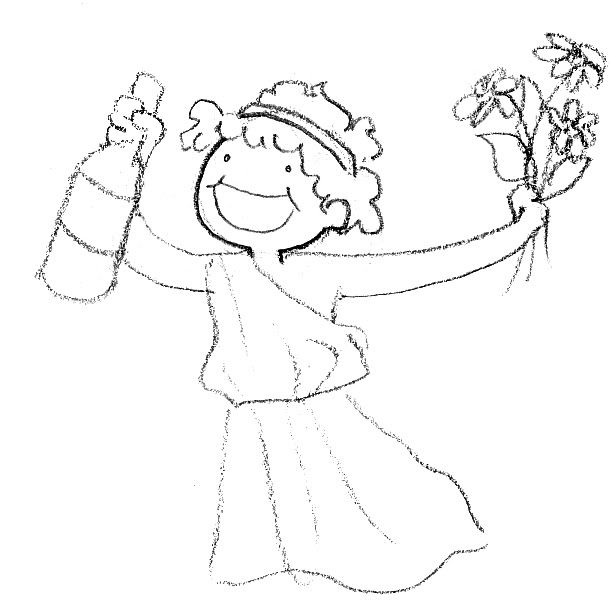
Flufluns was also the god of plant life. Daises and booze make perfect fucking sense.
As for the afterlife itself - this is tricky. The Etruscan emphasis on death, as we’ve seen, cannot be under stated. It’s one of the defining aspects of what we DO know about them. We know that they thought it important, we know that it was viewed as a good thing until Rome came in and that tombs would be furnished for the afterlife with all kinds of household goods, but what their actual thoughts were as to what happened to the soul? We have so much evidence, but without written records, we can only guess.
Cultural Notes I Couldn’t Address Elsewhere
-The Etruscans loved banquets - it’s a constant in their culture and everywhere in their art as well as in their funerals. Before burying a person, there would be a banquet for the dead.
-Etruscan art is a thing of beauty and worth discussing on it’s own. But I am no art history major. I can only tell you that the best known Etruscan works were done in terra cotta, which they excelled at, and bronze. The famous statue of the she-wolf suckling Romulus and Remus, the quintessential Roman symbol, was sculpted by the Etruscans.
-Etruscan women had a staggering amount of freedom compared to their Roman and Greek counterparts - we can learn this not only through art but by the sheer disgust that Greek and Roman writers have for Etruscan ladies when writing about them.
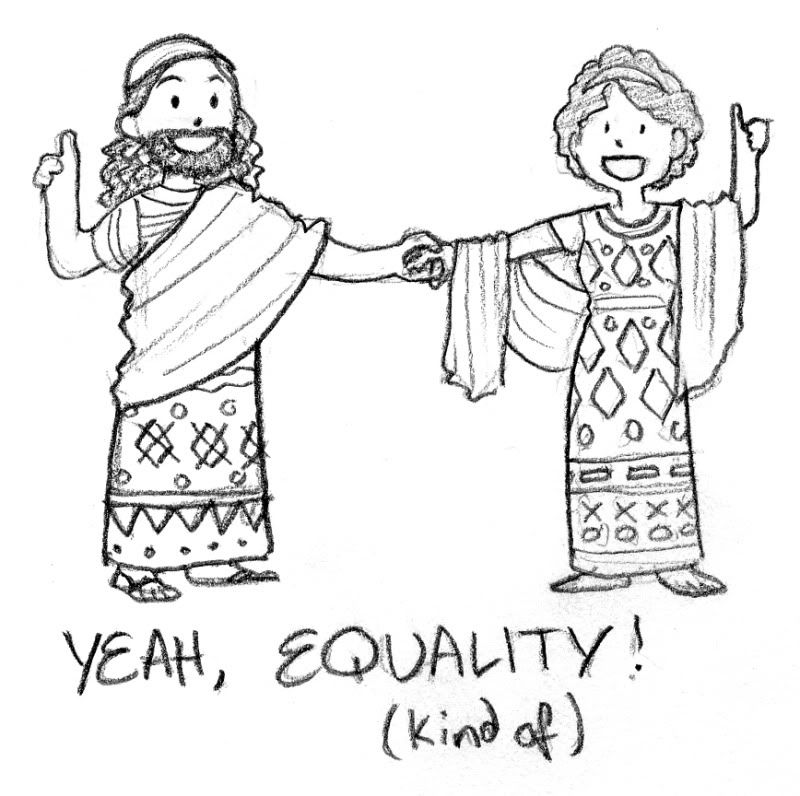
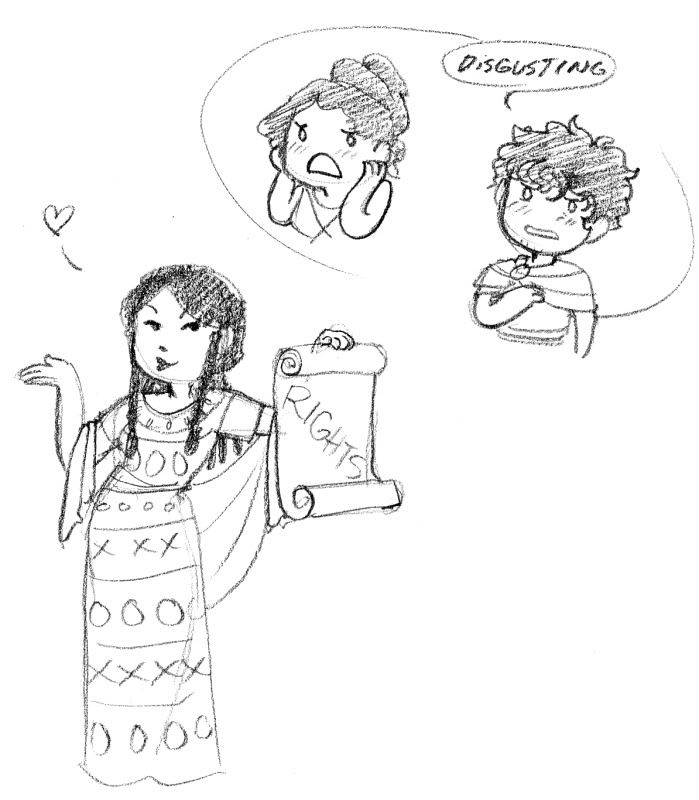
it was exactly like that.
Who the fuck were the Etruscans, you ask? The Etruscans were in fact the coolest civilization that we know nearly nothing about. They occupied central northern Italy - modern day Tuscany and Umbria, with some of Lazio - and not only had a heavy influence on Roman culture, but ruled over Rome for a time. They sound awesome, right? So surely we must have lots of information! Wrong. Thanks to primarily an oral culture and having an as of yet untranslatable language, studying the Etruscan civilization is tricky at best. But we know they were there because their artifacts are some of the most gorgeous things you’ll ever see - tomb paintings to rival the Egyptians, bronze casting that’s famous the world over and they were the best damn users of terra cotta you’ll ever see.
You can divide Etruscan civilization into five periods - Villanovan (950-750 BCE), Orientalizing (750-600 BCE), Archaic (600-450 BCE), Classical (450-300 BCE) and Hellenistic (300-80 BCE). This primer will give you an overview of each period - mostly related to art and history.
Before we go any further though, we should discuss why the Etruscans are such a mysterious culture to modern scholars. Beyond the oral culture, it’s hard to know where the hell the Etruscans came from. The Etruscan language is non-indo European, which suggests almost immediately that they migrated from somewhere else. This is the migration theory, proposed by Herodotus himself. The problem with this theory is…well it’s Herodotus. He isn’t the most factual of scholars.

Seriously dude, what were you on.
But he drew his conclusions after visiting Lydia, Turkey, and heard the following story: after the fall of Troy, there was an awful famine. The king, Atus, told his son to gather together as many people as he could find and to sail away somewhere better. They ended up in Italy. The evidence used here was the cultural similarities - women were freer compared to Greece and Rome (nearly on par with men), the tombs were built in similar manners, games, musical instruments and the like were all closely linked. Even the Etruscans agreed with it. However, this a problem because there’s no real evidence historically speaking. The indigenous theory was proposed by Dionysus of Halicarnassus. He traveled to many Etruscan cities and couldn’t buy the idea that the Etruscans migrated - in part because they had no linguistic similarities with the Livians. And since we have the power of archeology now, we can confirm that there’s no break in the archeological record between one period and the next.

All the same, the Etruscan language is the problem - it’s not Indo-European. We don’t know what the fuck it is. And that makes it hard to understand the origins of the Etruscans.
Note: I was taught Etruscan history as a combined anthropology and art history course. While I will try and focus on the historical, a lot of art stuff will be mentioned, as I am drawing this primarily from my lecture notes.
The Villanovan Period - 950-750 BCE
This is the earliest period of Etruscan history and like many other ancient societies, it was primarily focused on agriculture and survival. However, the Etruscan city states did have large populations, although lacked the idea of city planning until around 800 BCE. We have evidence of a more varied tool kit, as well as increased trade after this point as well. Relately, we see more work done with water. Etruscan cities were built on hills, and so hydrolics were frequently looked into

During this time period, the Etruscans also established a trading post on Ischia, an island on the Bay of Naples. There, they traded with the Greeks and Phoenicians, establishing cultural ties.
Recall that earlier I stated that it’s hard to know a lot about Etruscan civilization because of a lack of written records. Much of what we do know comes from burials - and lots of them. The Etruscans are perhaps best known for their funerary arts, and with good reason. Much like the Egyptians, they buried the dead with items, but rather than mummify the body, they cremated them. During the Villanovan period, we have the digging of tomb shafts and placing the urn down the shaft. Objects would be placed around with them - this included food, weapons and so on. One way that we can identify male versus female graves is, interestingly enough, cloak pins. Male pins resemble snakes, females more like snails and often had amber in them.

Freud would in fact have a bit to say on the matter.
Beyond trading in Ischia and developing cities at a fairly fast rate though, we do not see the Etruscans going outside of their borders much and interacting with the world at large. That all changes though during the next time period.
The Orientalizing Period - 750-600 BCE

Simply put, this time period is when the Etruscan civilization went, “Holy shit, there’s people around us!”
Remember the trading ties with the Greeks? That went a long way in helping to establish the Etruscans in terms of going outside of their bounds and moreover, that the Etruscans themselves were trading a lot too - in particular we have the lyre player seals which have been found throughout the Mediterranean and give evidence of other places having contact wit Etruria. Since we know that these seals were used between 800 and 775 BCE, we know more or less when these trading contacts were established. The big Etruscan export was bucharo - black, shiny pottery that was done by making the kiln go just so.
In addition, during this time period the Etruscan city-states begin to show more concrete organization - they don’t have the grid system yet, but we have more types of housing, defensive wall networks and sanctuaries all being developed. There is a lot more Greek influence in terms of planning as well as art - you can see a lot of focus on games and banquets in art - especially in tombs. Which means…
We need to look at burial practices. The new trading ties meant new riches for the Etruscan city states and we see the development of the Etruscan necropolis. Traditionally, an Etruscan city would be built on one hill, and across from it would be the city’s necropolis on another hill. It was symbolic of the life/death motif and to be honest, the Etruscans really did celebrate death. (But we’ll discuss this later.) During this time period, people were inhumed as well as cremated and we see the proliferation of necropolis as well as an increase in the quality of the burial goods! If you ever get a chance to go to Ceverti in Italy, you’ll see the tumli of the Orientalizing period - these huge mounds carved into the toofa (volcanic bedrock) that were almost like New Kingdom Egyptian period tombs. Some tombs would be so embellished that they would have pillows, blankets, books and slippers carved into the rock and would be painted. It’s incredibly impressive.
Also in regards to grave goods we see transportation including things like the Montelione Chariot housed in the Metropolitan Museum of Art and higher end luxury items that would have been traded from Greece. This speaks to not only Greek influence, but to the economic power of Etruria!
The Archaic Period - 600-450 BCE
This period is very hard to document, but we know through archeological evidence as well as through Roman historians, that during the Archaic period and into the classical age, there was a lot of turmoil, as during this time period, Etruria finds itself fighting with it's neighbours.

It is also during this time period that Etruria had direct cultural contact with Rome - from about 616-509 BCE. The area that is now the Roman forum was originally a marsh that had to be drained by the collacta maxima, first set up by the Etruscans. Originally, the Latins, Sabines and other tribes initially settled on the hills and around the Tiber. When the Etruscans came in, they imposed Etruscan culture and eventually ruled over Rome with their last three kings - the final one being Tarquin the Proud in 509.
In 496 BCE, the Battle of Regellus occurred, which was the first major defeat that the Etruscans would have at the hands of Rome. This was followed in 474 with the Battle of Cumae, where the Etruscans came into conflict with the Greek navy over shipping and trading in south Italy. They lost this battle as well, resulting in a complete loss of sea trading routes. This wasn’t positive for the Etruscans.
At this point, despite turmoil, we should discuss the funerary art of this particular period - the best known being the necropolis of Tarquina. Despite the turmoil, the tombs that were created in the time period around 490-450 BCE are some of the best known pieces of Etruscan art and the first frescos known to modern art. In many ways, these resemble Egyptian tomb paintings with how people are painted, but they are done in the fresco style and often depict ever day scenes, feasting and banqueting. The individual would be cremated, then buried with worldly possessions that they would need in the afterlife. This is one of the last times that such happy scenes would be depicted - after this time period the funerary art becomes more serious, focused on the afterlife and well, depressing.
The Classical Period- 450-300 BCE
During this time period you also have a continuation of the Etruscan decline with the sack of Veii in 420 BCE. After a long period of siege, the Romans tunneled under the city and sacked it, going so far as to carry parts of the city back to Rome and incorporate them into Roman architecture as a war prize. This was the beginning of the end for Etruria, as Veii had been one of the twelve powerful city states in the Etruscan world.
To further the decline, in 384, the Etruscans lost Pyrgi, which was a port city, effectively ending Etruria's power in the southern Italy. This, along with the rise of Rome, can be viewed as major factors in why their civilization was eventually absorbed into the Roman republic.

There was some element of recovery though, but not by much. You still have the importing of Greek objects, more bronze work, but the center of power shifted from southern Etruria to Northern Etruria. They also supported the Athenians at Syracuse and helped to fight - albeit on the losing side. The southern area of Etruria began to look more like Rome, socially speaking, which then falls into the eventual Roman conquest.
Tombs during this time began reflecting the Greek idea of the afterlife as well, becoming doomy and gloomy - compared to the happier feasts of the archaic period. Funerary objects are also, by and large, of poorer quality at this point in time, reflecting economic issues that were addressed by the loss of southern Italy.
The Hellenistic Period - 300-80 BCE
Essentially, if we were talking Hetalia terms, this would be when Rome becomes an upstart little brother, challenges big sister Etruria and kind of sort of wipes her out of existence.

lol sorry sis.
It all started with the battle of Sentinum in 295 BCE, where the Etrurian city states, who had been trying to make allies of the Emburians, Samnites and Gauls, suffered a huge defeat and a truce had to be declared between the two. In the following years, more of Etruria fell to Rome.
To give you an idea, this is a small list of the city states as the fell: Chiusi - 290 BCE, Vulci -281 BCE, Tarquina - 280 BCE, Ceveteri - 272 BCE, Orvieto, 264 BCE. That’s a lot of cities in a short amount of time. This happened mostly because Roman roads made moving around damn efficient, and Rome already had three roads that lead to various Etruscan city states.
However, it isn’t until the wars of Marius and Sulla that the Etruscans really lose out to Rome. Marius is backed by the Etruscans, and of course, Marius loses this conflict. As a result, all of his allies are taken over by Rome, effectively incorporating all of which used to be a part of Etruria into the territory of the Roman republic.

Etruscan culture survives for a time more, but if you look at the funerary art, it is shockingly depressing. The figures are more likely to be demons, everyone is going to Hades - it’s a 180 from the height of the Etruscan civilization. My professor suggested that it demonstrates a gloom and doom feeling about being conquered by Rome. I don’t think that’s too far off the mark.
Religion in Etruria
Yes I am contractually OBLIGATED to include this section.
The Etruscans absolutely loved divination and they were pretty skilled at it. The Romans characterized them as overly superstitious - ironic coming from the Romans - but the Etruscans were very deeply religious and focused on fate and reading it. In particular they relied heavily on divination via the liver, thinking that the liver reflected the overall state of the world. They also deeply believed in symbolic boundaries - retaining walls and the like - and practiced animal sacrifice along with divination.
Like the Romans and Greeks though, the Etruscans had a flurry of gods and goddesses - most with Greek or Roman equivalents - Tinia is Zeus, Flufluns is Diyonisus, Uni is Hera and so forth. The process of synchronization isn’t new at all in the ancient world.

Flufluns was also the god of plant life. Daises and booze make perfect fucking sense.
As for the afterlife itself - this is tricky. The Etruscan emphasis on death, as we’ve seen, cannot be under stated. It’s one of the defining aspects of what we DO know about them. We know that they thought it important, we know that it was viewed as a good thing until Rome came in and that tombs would be furnished for the afterlife with all kinds of household goods, but what their actual thoughts were as to what happened to the soul? We have so much evidence, but without written records, we can only guess.
Cultural Notes I Couldn’t Address Elsewhere
-The Etruscans loved banquets - it’s a constant in their culture and everywhere in their art as well as in their funerals. Before burying a person, there would be a banquet for the dead.
-Etruscan art is a thing of beauty and worth discussing on it’s own. But I am no art history major. I can only tell you that the best known Etruscan works were done in terra cotta, which they excelled at, and bronze. The famous statue of the she-wolf suckling Romulus and Remus, the quintessential Roman symbol, was sculpted by the Etruscans.
-Etruscan women had a staggering amount of freedom compared to their Roman and Greek counterparts - we can learn this not only through art but by the sheer disgust that Greek and Roman writers have for Etruscan ladies when writing about them.


it was exactly like that.